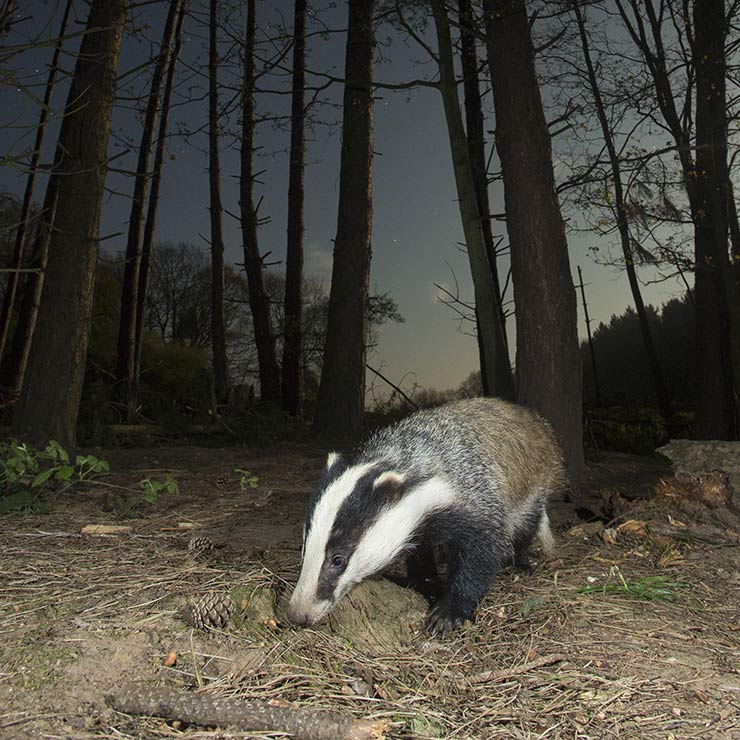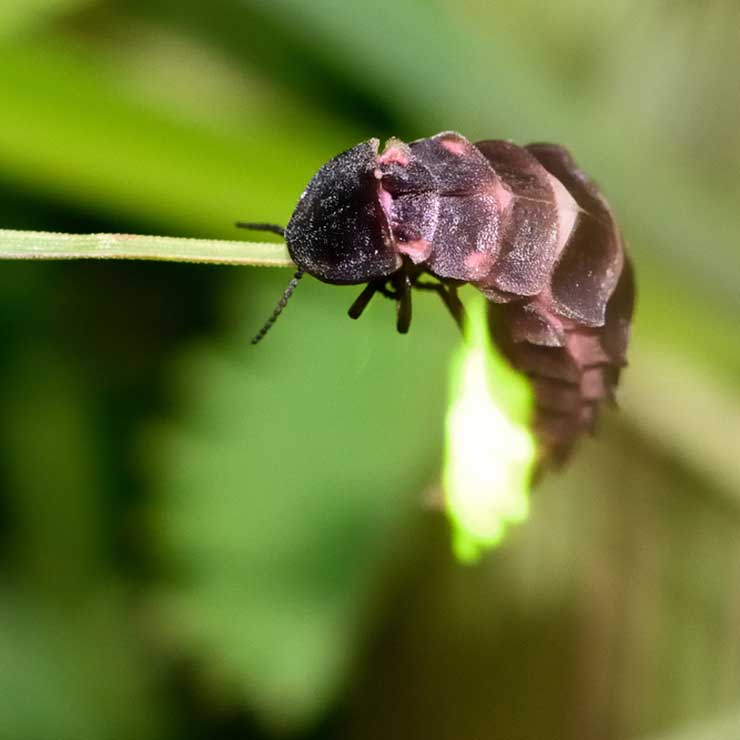Bat Walks
Listen out for the supersonic squeaks of nature’s only true flying mammal and watch their furry acrobatic missions in the night air.
Bats are truly fascinating! Say hello to the only true flying mammal in our universe! There are 16 species in Wales and our National Parks have some outstanding populations including the rare Greater Horseshoe Bat and well as more common bats such as Pipistrelle and Dorbentons.
During the summer, bats roost during the day and typically come out just before dawn and after dusk to feed on insects. They find their prey by echo-location using high-frequency sounds, and they also use calls for navigation and communication. Listening in to these flying acrobats using a bat detector and hearing how they use their squeaks and pips to hunt their prey is amazing, especially if it is still light enough to then see them nimbly dart and dip in the night sky to catch their dinner.
Sadly, many bat populations are in decline through a combination of development work that affects roosts, loss of feeding habitat, reduced insect abundance in the countryside (some caused by light pollution!), severance of flying routes by roads and threats in the home including cats and some chemical treatments of building materials.
Bats live in the countryside, towns and cities across the UK. Bats are most active in the summer months as they cruise through the night air catching insects. In the winter, most bats hibernate and do not fly. You are most likely to see them half an hour before sunset or sunrise as they fly closer to their roosts. Like us, all bats like warm dry weather, and so with a bit of luck your bat watch will be set to the backdrop of fantastic sunsets! Different species of bat fly in different parts of the sky. Some bats go way up high whilst others keep low; others hunt over open areas whilst some stay near trees. Some bats can even be seen skimming the surface of water for insects. Bats will fly where their prey is, hunting it down with their fantastic predatory echolocation skills.
There are 18 species of bat in the UK, but there are four that you are likely to see.
- Pipistrelles come out around sunset, and are the little fast bats you are most likely to spot twisting and turning around buildings, streetlights, trees and hedges.
- Noctules come out early in the evening just as it gets dark. They fly in a straight line, high overhead and have distinct narrow wings.
- Brown Long-Eared bats emerge after dark. They tend to fly slowly and almost hover like butterflies. They fly very close to trees, making them harder to spot.
- Daubentons have wonderful big hairy feet. They fly low over water, skimming the surface like a mini hovercraft and catching insects with their feet.
The best way to tell most species apart is using a bat detector that listens out for the high-pitched squeaks bats make. These squeaks are usually beyond the range of human hearing. Bats use these squeaks to build up a sound picture of their surroundings. This echolocation system enables them to wing their way through the dark night hunting the tiniest of insects.
Bat walk guides will often have bat detectors so that you can hear as well as see bats. You may find that your accommodation provider has a bat detector device you can borrow and use.
You may also be interested in...

Badger Watching
Experience the amazing sight of badgers emerging into the dusk from their setts, foraging for food and playing in the moonlight.

Nocturnal Birds
Elusive and enchanting - from the dusk and dawn chorus, to the bird calls of the night, in the mystical welsh woods.

Glow-Worm Adventure
Find these brilliant creatures tucked away twinkling in gardens and hedgerows.
